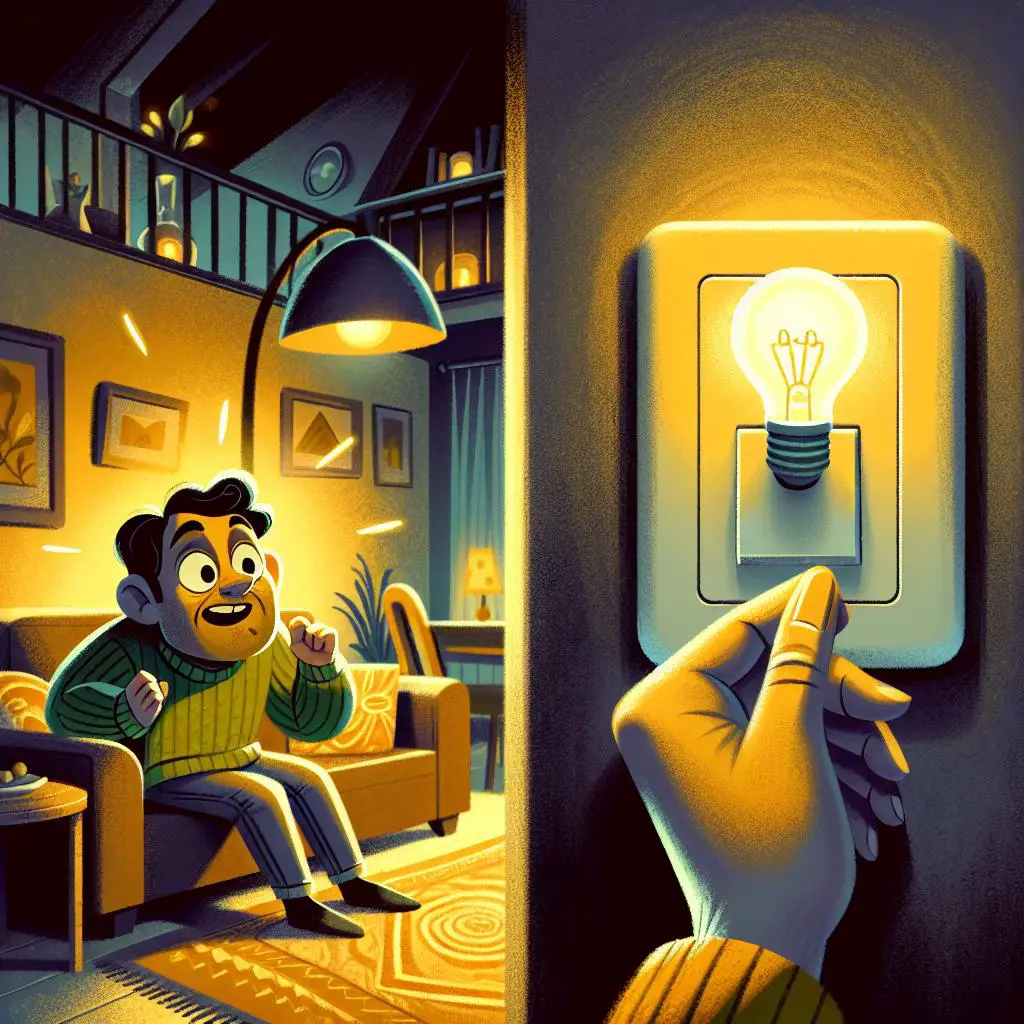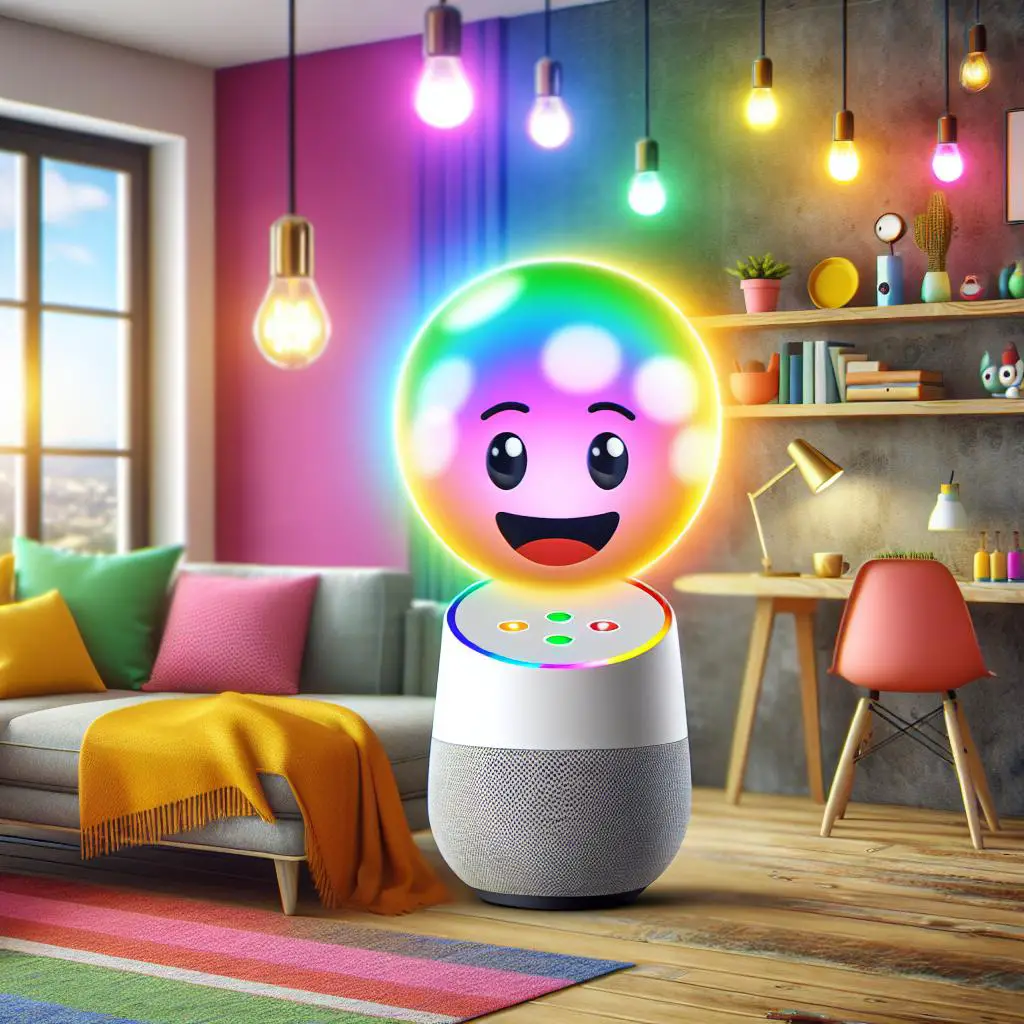Are you looking for a way to make your home smarter and more energy efficient? Look no further! We’ve found the perfect solution: wireless light switches that turn on by themselves. With these switches, you can save time and money while making your life easier. Read on to learn more about this amazing technology!
1. Check Timer Settings
It’s possible that a timer setting is causing your wireless light switch to turn on by itself. Modern TVs, sound systems and other devices often have built-in timers that can cause lights or other appliances to turn on unexpectedly. To check the timer settings on your TV or other device, go to the menu section and search for “Timer Settings”. You can also use a third-party timer device like Lutron’s Maestro MA-T51 Countdown Timer or Leviton Timer light switches. These can be set to operate the fan or light at predetermined times. Smart dimmers also offer more control over your lights such as remote control, scheduling and automation. If you suspect the timer is causing your wireless light switch to turn on, make sure it is set to the desired time and off when you don’t want it to be on.
2. Eliminate Cheap Remote Switches
If you can’t find any timer settings that could be causing your light switch to turn on by itself, the next step is to eliminate any cheap remote switches that may be causing interference. A wireless switch that is battery-powered is technically not self-powered, so it may be sending out signals that are interfering with your light switch. Go Kart Remote Shut Off and Kill Switches – BMI Karts; 2. in Powersports Switches can emit radio frequencies that can interfere with other appliances, so this should also be eliminated as a possibility.
3. Check Socket
Now that you have eliminated the timer settings, cheap remote switches, and checked weather conditions as potential causes, it’s time to check the socket. The socket is the source of power for your light switch, so it is important to make sure there are no issues with it. Checking the socket is fairly easy. All you need to do is look at the socket for crackling sounds, burn marks, or overheating that could indicate a faulty plug. If the socket is defective, your smart plug may turn on by itself due to an unstable connection. Additionally, it could be caused by the operation of others if the device is shared with others. To test this, check electrical outlets in the same room to see if the switch activates one of them. This is an old-fashioned method to activate table lamps or standing lamps. If you have a light switch that isn’t working, it’s generally because there’s no power to the light circuit. So the first thing to check is the power supply in your home.
4. Check Weather Conditions
If you have ruled out all of the other possible causes for your light switch turning on by itself, then it may be time to check the weather conditions. Severe weather, such as storms or strong winds, can cause slight power outages that can intermittently turn your lights on and off. If this is the case, it may be time to invest in a more reliable switch than the generic ones available. BN-LINK Wireless Remote Control Electrical Outlet Switch for Lights, Fans, Christmas Lights, Small Appliances, Long Range White (Learning Code, 3Rx-1Tx) 1200W/ is a great option that will give you better control over your lights. The Lutron Caseta Wireless In-Wall Smart Dimmer is also an excellent choice and uses the proprietary Clear Connect technology to provide reliable performance.
5. Check Smart Lighting Automation
If you’re using a smart light switch, it could be the cause of your issue. Smart lighting automation offers convenience, but it can also be the source of a problem when lights turn on by themselves. To check the settings, go to the settings section and select the power on behavior tab. Under “Automatic Actions”, check if Lights or Switches are listed. If they are, you can disable the automatic action. You should also consider updating the firmware and resetting the switch to make sure that everything is running smoothly and no problems occur in the future.
6. Consider Radio Frequency Interference
If none of these options have resolved the issue, it could be radio frequency interference (RFI) at play. This type of problem is caused when two or more radios, each on different wireless networks, use the same frequency. Fortunately, this can usually be solved by altering the broadcast channel on your WiFi device. Typically, a channel can be set between 1-13, and you’ll want to pick one that isn’t used by other networks in your area. Ad hoc’s wireless light switches communicate by sending a unique RF packet to the receiver, so interference can be easily identified. If RFI is to blame, it may take some trial and error to find the right channel.
7. Check Power Outages
If none of the above options have helped you to figure out why your wireless light switch is turning on by itself, then it could be a power outage that’s causing the issue. If the power goes out in your home, the device will sometimes turn itself back on after the power is restored. You can easily fix this by turning off the switch near an exterior door or window and plugging them into an outlet. This will prevent them from turning themselves on when the power returns. Additionally, if you have a smart dimmer switch installed, it can be programmed to stay off when the power goes out, so you don’t have to worry about it turning itself back on.
8. Update Firmware
If all of the above suggestions have been exhausted and you’re still having issues with your light switch turning on by itself, it may be time to update the firmware. To do this, go to the ‘Me’ button at the bottom right of your device and click on ‘Firmware Update.’ This will download firmware from the cloud and update the firmware automatically. Make sure that your device is up to date with the latest version of the firmware to avoid any potential issues.
9. Reset the Switch
If none of the above steps worked, you may need to reset your switch. To do this, flip your circuit breaker back to the “ON” position. Then try the switch again. If the light turns on, you can consider this issue resolved. If not, you may need to leave it charging for a few hours to fully reset the system. After your wiring is complete and you press the switch as normal, the green light indicator should flash.
10. Troubleshoot WiFi Issues
If your wireless light switch keeps turning on by itself, it may be an issue with the Wi-Fi connection. Wi-Fi is an invisible network resource that users connect to, and when the connection is interrupted, the switch can stop working properly. To troubleshoot any Wi-Fi issues, start by restarting your modem and wireless router. This helps create a new connection to your internet service provider. Next, check if you have any tasks set in the router’s settings, such as scheduled tasks or auto-off commands. Lastly, make sure to update the switch’s firmware to the latest version for optimal performance.


